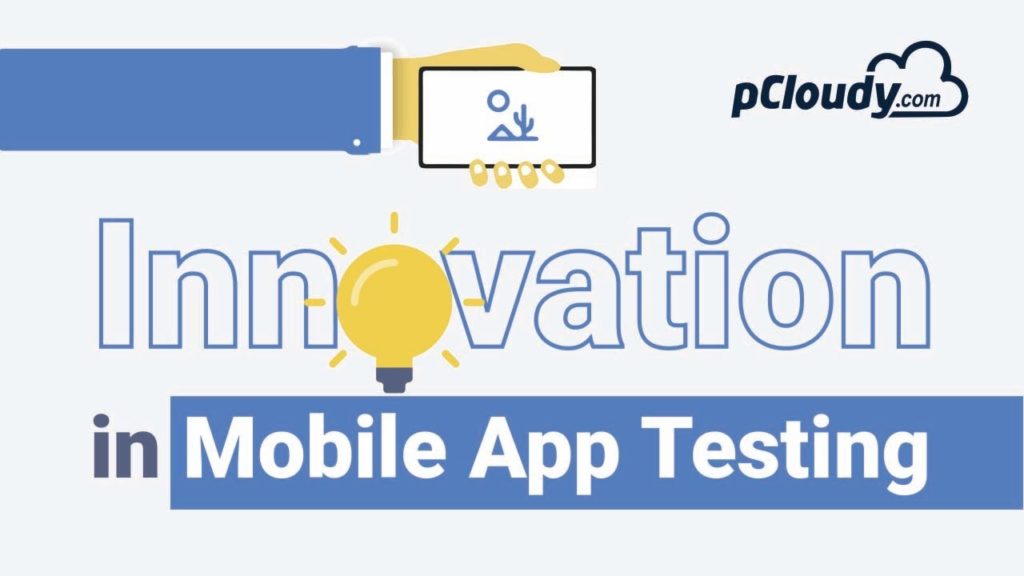Operational testing is done to ensure that the app is ready to be released to the production. Operational testing will also help in keeping a track on the component and system compliance in the app’s standard operating environment. This is the final verification of the app in the last stage of the testing process. It is performed after user acceptance testing and is more of non functional testing. Operational testing can be done using Online Android emulator or on real devices. Cloud-based platforms such as pCloudy can be a perfect choice for this type of mobile testing as it will save huge infrastructure and maintenance cost while increasing the device coverage with multiple real devices on the cloud.

Types of Operational Testing
There are various aspects of an app that needs to be tested before the release as the app is fully developed and functional. Right from the starting to the end, the whole process of app functioning should be tested from the perspective of the user. These are the types of testing performed in the operational acceptance testing:
Installation: The initiation of the Operational Acceptance Testing (OAT) process starts with checking if the app is installed properly and all the files are downloaded properly. Then the app is uninstalled to check if all the files are removed from the app folder. This way we can be sure that the app will have no issues in installing on different devices.
Component: Each unit or module of the app can be tested in an isolated manner to check its functionality. It is necessary to check the components for supportability of the application.
Performance and Stability: The stability and usability of the product are tested in a different environment to check the behavior of the app with a focus on interoperability.
Failover: This is done to ensure the product is able to allocate the resources properly and can move operations to the backup system during the system failure.
Backup and Restore: The goal here is to check for the possibility of any data breach issue that might happen in the future and how well the data backup and restoration process will respond to that.
How to Perform Operational Testing
Let’s look at the steps involved in performing operation acceptance testing:
Test Plan: Once the strategy is selected and the details are jotted down on which tests will be conducted, then the planning can be done to prioritize and organize the testing process.
Test Scripts: After the planning phase is complete, the test script should be prepared according to the system and hardware requirements.
Test Execution: The tests are executed based on the test script created for the operational testing for the app.
Data Analysis: The records collected by the testing team during the execution of the test are compared to the criteria to finalize the readiness of the app.
Conclusion
Operational acceptance testing acts as the final filter for your app which can help you figure out the issues that prevail and can be avoided. After completion of the development phase of the app, it is necessary to do this type of testing because prior to this the app was never tested as a whole. Builds and units or features of the apps were tested during the development phase of the app. Although after the integration of the complete app there might still be some errors which need to be fixed which earlier never caught the eye.
You may also like to read: 8 Mistakes to Avoid During App Design and Development Process

Author Bio: Suyash Dubey is a content strategist working with pCloudy. A writer by day and a reader by night, he is determined to share knowledge and help people to get familiar with the latest technology.